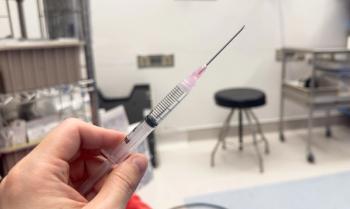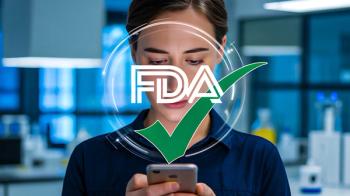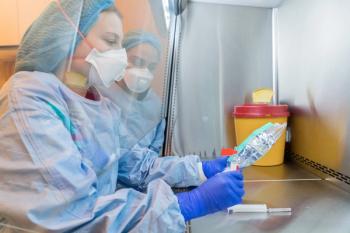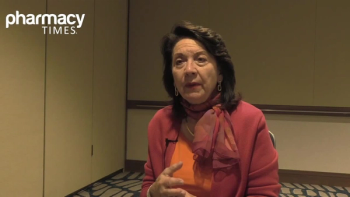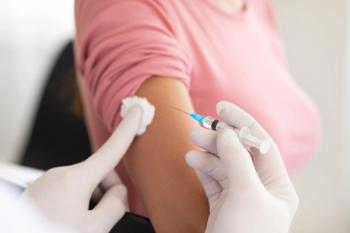
The Current State and Future of Remote Care, Access to Telehealth
The growth of telehealth during the COVID-19 pandemic has caused health care providers to search for innovative solutions for harder to reach patient populations.
With the growing use of telehealth, determining what actually works best for patients, what does not work, and what pharmacists can do with remote health care moving forward are vital actions in the post-pandemic landscape, according to a panel discussion at the
The panel consisted of moderator Jerry Penso, MD, MBA, of AMGA, alongside Susan Mani, MD, FACC, of Humana, Yoko Allen, MPH, from Black Women’s Health Imperative, Eyad Farah from Health Mart & Health Mart Atlas, and Benjamin Sommers, MD, PhD, Deputy Assistant Secretary for Health Policy in the Office of the Assistant Secretary for Planning and Evaluation.
Sommers began the discussion providing an overview of a recent study of telehealth that highlighted a decrease for in-person care starting in March and April 2020 as COVID-19 began limiting face-to-face interaction. Although people are gradually returning to in-person settings, these numbers have been nowhere near where they were prior to the COVID-19 pandemic and may not get back to that level, according to Sommers.
Penso then asked the panel what makes remote care so successful as telehealth continues to grow in prominence, to which the panel noted that the pandemic caused health care providers to think of innovative solutions.
“It allowed us to really think creatively and innovatively in a way, so we said ‘Ok, we don’t have the usual structures to put in place to address some of these things for our members, how do we think outside of the box and provide some of those solutions?’” Mani said.
In terms of measuring quality of remote care, Sommers said that randomized trials may be the best route to properly learn in a careful way, such as what health care providers do when it comes to a new drug or a new surgery option.
“You have to find a way to study that can really draw conclusions,” Sommers said. “The pandemic wasn’t great for that because we were just trying to get by, and I think we have to be really careful of extrapolating things that happened in the last 2 years.”
Representing the patient perspective, Allen mentioned that focus groups have helped, but there are other ways that patient care can be improved. Being more assertive and taking initiative when talking to your provider, for example, can help to ease trust and communication issues that seem to arise.
Cultural sensitivity was also brought up by Allen, who said that minority populations feel they are not heard when talking about pain threshold or are not understood due to a provider’s bedside manner.
When asked what exactly should be measured, Eyad emphasized that even when collecting adherence measure data and claims information, the providers still do not know anything about the patient experience.
“We do have the opportunity to leverage pharmacists as the most accessible—or one of the most accessible—providers and help really find the information we need so that we can get more accurate measures of care,” Eyad said.
Sommers added that issues such as a lack of technology literacy, data access, and not having the right devices or Internet access can impact patient care immensely, which may need to be handled at the policymaker level.
“We also need to make sure that people have devices that they can use and the Internet, along with the data plan to do so,” Sommers said. “This ties into overall economic security and into families that sometimes say they can’t afford to do the telehealth minutes and need to save those minutes.”
Even with all the innovative ideas that were discussed, Mani reiterated that this will still not be the only option for providing care; however, pharmacists need to meet patients where they are to truly understand how to move forward and achieve optimal outcomes.
“What we’re really doing is trying to think of that digital experience,” Mani said. “We now have the ability to take a step back and breathe, so to say, and really be able to say we do not want to create a solution that creates more problems.”
REFERENCE
Beyond the Pandemic: Enhancing Medication Management through Remote Care. PQA 2022. May 5, 2022. Accessed May 5, 2022.
Newsletter
Stay informed on drug updates, treatment guidelines, and pharmacy practice trends—subscribe to Pharmacy Times for weekly clinical insights.

